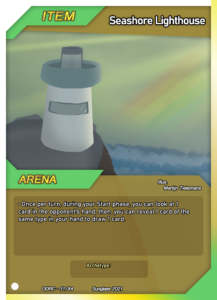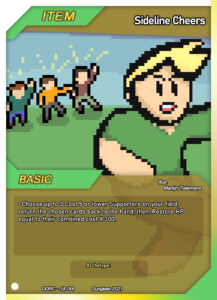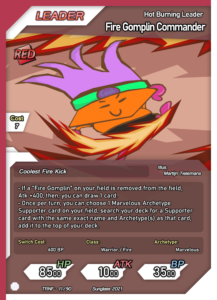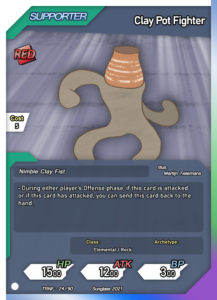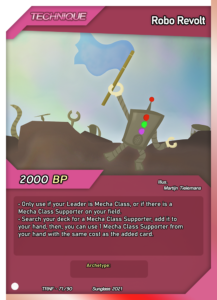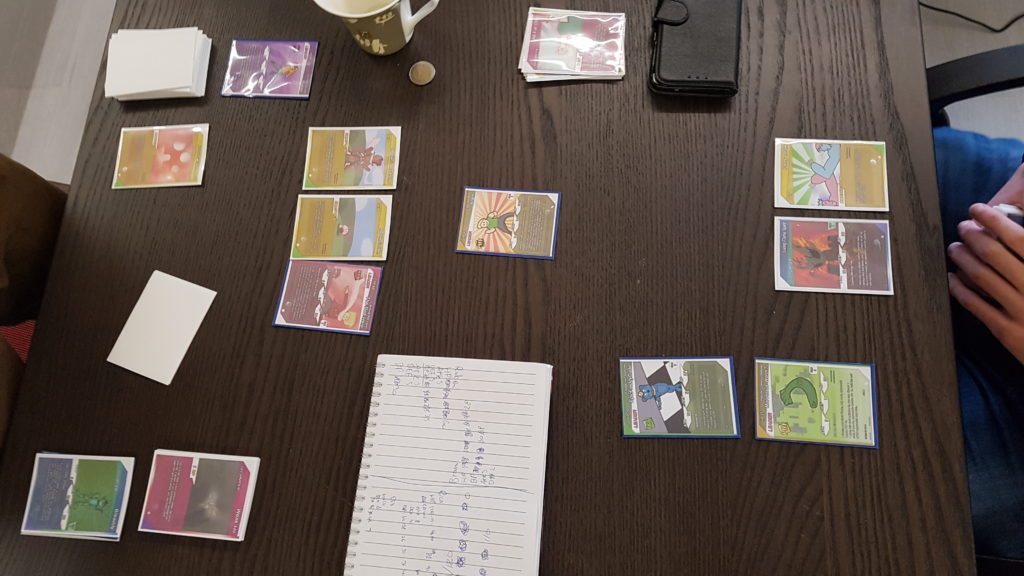PRR: The Card Game
The Game's Logo
In 2018, I started working on this card game with Ruben van Gijsel, a friend of mine. I would design the card layout, their text and the game’s rules, Ruben would do most of the card artworks. We completed a 40 card set and another 40 card set after that.
In 2019, I continued work on a new expansion for the card game. This time, I did most of the art myself. For some artworks, I asked others for help. When the cards were done, I printed them and put them in envelopes, which were supposed to represent booster packs, and had 3 of my friends test play the game with me.
From this project I learned a lot about designing card game rules, balancing a game and working with others for assets.

Test Playing The Game
Dividing the cards in packs of 10
I started by dividing all the 180 cards in packs of 10 to be opened by four people. This would mean that each player will get at least 40 cards to fill their deck.
Before this, I had printed out all the cards on thicker paper, and cut them each into standard card size.
Opening The packs
When we were ready to play, I invited 3 of my friends (who had no idea what cards were in the expansion) and we each took turns taking cards from a pack.
A Match in progress
After we each looked at our decks and were done customizing, the game could begin! In this picture, the player on the left is winning, he has a much better setup than the player on the right.
Card Iteration
Through the game’s development, the card design has seen quite a few changes. From left to right, this is how the card layout has improved:
When redesigning the cards, I try to increase the ease of play the most. For example, in the latest card layout, the card’s Archetype is listed on the card, along with the Class and Switch Cost. Previously, a card’s archetype would be whatever was in the card’s name.
Another example of this is making a card’s effect more understandable.
This way, it makes it easier for new, and also advanced players to understand what a card is about quicker.


